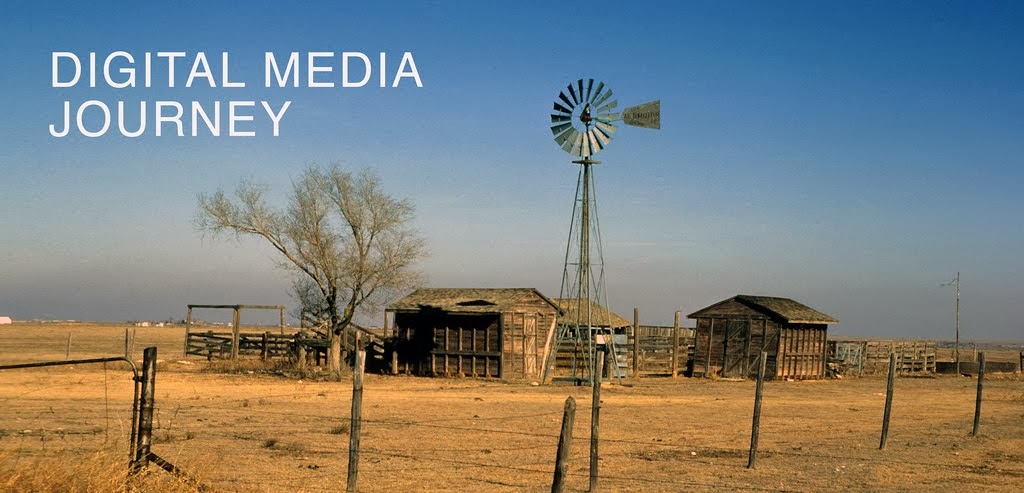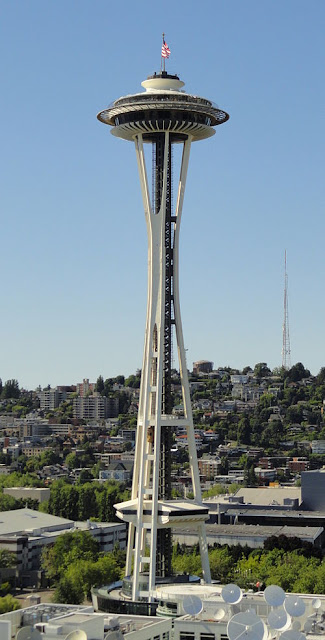 |
Statue of Anne Hutchinson at the
Massachusetts State House
|
She was banished from Massachusetts and eventually settled where the Bronx borders Westchester County. She was killed in an Indian uprising probably in August 1643. Puritans in Massachusetts said it was God's will that she was killed. They also had invoked the will of God thesis, when after her trial she delivered what her doctor described as "clear grapes." The condition today is known as gestational trophoblastic disease.
In 1987, she was officially pardoned by Michael Dukakis, the governor of Massachusetts. Governor Winthrop's order of banishment was revoked
In Downstate New York, the Hutchinson River, the Hutchinson River Parkway. and numerous elementary schools are named for her.
Ann Hutchison has a place at Judy Chicago's The Dinner Party, an installation at the Brooklyn Museum of Art. 39 mythical and historical women are the symbolic guests. Completed in 1979, it is arguably the first epic feminist artwork.
To the left of Hutchison's name is a lamenting woman, a traditional mourning figure. On the plate, is a shawl worn by a grieving woman. On the back runner of the table cloth (not seen in this image), two women are kneeling at a mortuary urn. The urn not only contains the remains of the dead, but also is a container of the female spirit.
Another matyr for religious freedom, who has a statue on the lawn of the Massachusetts State House is Mary Dyer. She had sided with Ann Hutchison and left Massachusetts to live in Rhode Island. She later went to England, became a Quaker, and returned to Massachusetts to protest the new law banishing quakers. She was put in jail and banished. She continued to preach Quakerism and after a short trial she and two other Quakers were sentenced to death. The two men were hanged. Ann's husband, who was not a Quaker, was a friend of Governor Winthrop, and was able to secure a reprieve. She went to Rhode Island and Long Island but later returned to Massachusetts and was hanged. Mary Dyer also had been a victim of Puritan wrath of God theology. 23 years before before her death, she gave birth to a 7 month deformed stillborn.
Dissenters believed that their insights from personal conversion gave them authority. The Puritan belief was that only the Bible was the legitimate authority.
Roger Williams was a Puritan minister who left England about 9 months after the first wave of Puritans led by John Winthrop. Puritans were Dissenters or Separatists. They felt that the Church of England was theologically corrupt and that they would separate, form their own church and be an example for those back in England to purify their church. The Pilgrims who settled at Plymouth 10 years earlier were a more radical group of Dissenters. They felt that the Church of England was so corrupt it was beyond saving.
Williams ran afoul with Winthrop and the Bay Colony religious leaders when he refused a job at a church that he considered was not separatist enough. The Boston religious authorities prevented him from getting a job in Salem. Williams moved to the more radical Plymouth Bay Colony, where he was temporarily well received. He went back to Massachusetts Bay and later was in deep trouble when he said that religious authorities had no right to punish people for violating the First Tablet (the first five Commandments). He also had denounced the Citizen's Oath that required anyone living in the Massachusetts Bay colony to pledge their loyalty to the colonial authorities in all matters "civic and religious." He continued to preach his ideas and was summoned to court multiple times. In 1635 the court accused him of spreading "new and dangerous opinions." He did not deny the charges and in court stated that the "state should give free and absolute permission of conscience to all men in what is spiritual alone."
Williams was banished from the Massachusetts Bay Colony and settled in what is now Rhode Island. He and 11 other adults signed a pact that stated that they would obey all orders made for the public good only "in civil things." In 1640 they signed a new pact that they would uphold "liberty of conscience." In 1643 Williams went to England to get a Charter. Religious freedom was officially recognized in the Charter. In 1663 he returned again to England to obtain the charter for the Rhode Island and the Providence Plantations. This Charter had a clause that state that nobody will be "in any ways molested, or called into question for differences in opinion for matters of religion."
In 1664 New Jersey received a charter that had almost the identical words of Roger Williams. Nobody would be "molested, punished, disquieted or called into question for any matter of religion." The next year Carolina received a charter with similar provisions. In 1681 William Penn established a colony for persecuted Quakers. The Pennsylvania charter also had guarantees of religious freedom.
Roger Williams ideas not only spread among the colonies but also back to England and to John Locke, the philosopher who had a tremendous influence on the founding fathers. Locke's A Letter Concerning Toleration, published in 1689, is replete with Roger Williams phrases and ideas.
I esteem it above all things necessary to distinguish exactly the business of
civil government from that of religion and to settle the just bounds that lie
between the one and the other.
I affirm that the magistrate's power extends not to the establishing of any
articles of faith, or forms of worship, by the force of his laws.
The care of the salvation of men's souls cannot belong to the magistrate.
No man by nature is bound unto any particular church or sect, but everyone
joins himself voluntarily to that society in which he believes he has found
that profession and worship which is truly acceptable to God.
The only business of the Church is the salvation of souls, and it no way
concerns the commonwealth, or any member of it.
The Founding Fathers wrote a Constitution that states that "Congress shall make no law respecting an establishment of religion, or prohibiting the free exercise thereof." However, Massachusetts in 1833, was the last State to end state supported religion.
The Puritan or Pilgrim hat is used as the logo for The Massachusetts Turnpike.
Yes, that hat was also worn by the Dutch and by other people in addition to Puritans and Pilgrims. However, in Massachusetts the hat was associated with such a horrendous past that it should be eliminated as a logo for State owned enterprises.
Williams ran afoul with Winthrop and the Bay Colony religious leaders when he refused a job at a church that he considered was not separatist enough. The Boston religious authorities prevented him from getting a job in Salem. Williams moved to the more radical Plymouth Bay Colony, where he was temporarily well received. He went back to Massachusetts Bay and later was in deep trouble when he said that religious authorities had no right to punish people for violating the First Tablet (the first five Commandments). He also had denounced the Citizen's Oath that required anyone living in the Massachusetts Bay colony to pledge their loyalty to the colonial authorities in all matters "civic and religious." He continued to preach his ideas and was summoned to court multiple times. In 1635 the court accused him of spreading "new and dangerous opinions." He did not deny the charges and in court stated that the "state should give free and absolute permission of conscience to all men in what is spiritual alone."
Williams was banished from the Massachusetts Bay Colony and settled in what is now Rhode Island. He and 11 other adults signed a pact that stated that they would obey all orders made for the public good only "in civil things." In 1640 they signed a new pact that they would uphold "liberty of conscience." In 1643 Williams went to England to get a Charter. Religious freedom was officially recognized in the Charter. In 1663 he returned again to England to obtain the charter for the Rhode Island and the Providence Plantations. This Charter had a clause that state that nobody will be "in any ways molested, or called into question for differences in opinion for matters of religion."
In 1664 New Jersey received a charter that had almost the identical words of Roger Williams. Nobody would be "molested, punished, disquieted or called into question for any matter of religion." The next year Carolina received a charter with similar provisions. In 1681 William Penn established a colony for persecuted Quakers. The Pennsylvania charter also had guarantees of religious freedom.
Roger Williams ideas not only spread among the colonies but also back to England and to John Locke, the philosopher who had a tremendous influence on the founding fathers. Locke's A Letter Concerning Toleration, published in 1689, is replete with Roger Williams phrases and ideas.
I esteem it above all things necessary to distinguish exactly the business of
civil government from that of religion and to settle the just bounds that lie
between the one and the other.
I affirm that the magistrate's power extends not to the establishing of any
articles of faith, or forms of worship, by the force of his laws.
The care of the salvation of men's souls cannot belong to the magistrate.
No man by nature is bound unto any particular church or sect, but everyone
joins himself voluntarily to that society in which he believes he has found
that profession and worship which is truly acceptable to God.
The only business of the Church is the salvation of souls, and it no way
concerns the commonwealth, or any member of it.
The Founding Fathers wrote a Constitution that states that "Congress shall make no law respecting an establishment of religion, or prohibiting the free exercise thereof." However, Massachusetts in 1833, was the last State to end state supported religion.
Yes, that hat was also worn by the Dutch and by other people in addition to Puritans and Pilgrims. However, in Massachusetts the hat was associated with such a horrendous past that it should be eliminated as a logo for State owned enterprises.





























































